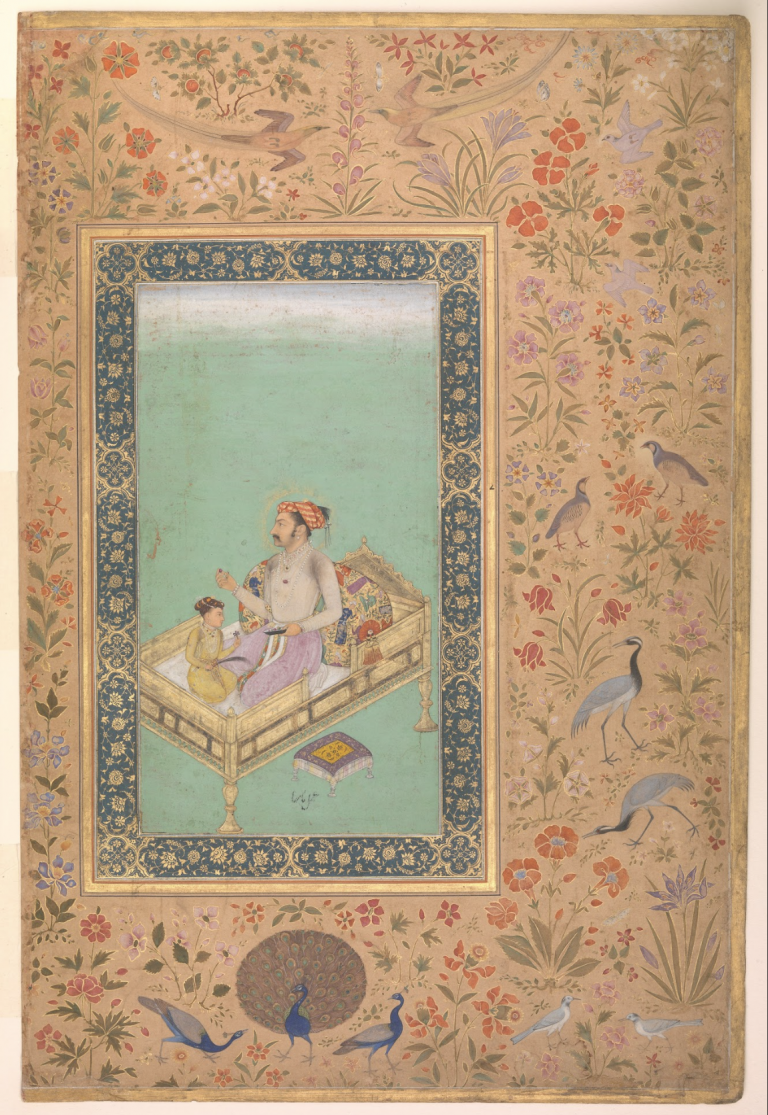Introduction text by Karin Zitzewitz
“He straddles several traditions but serves none…”

Shortly after founding the celebrated Progressive Artists Group, in 1949, F. N. Souza moved to London. When he arrived, the city looked less like an imperial capital than a war-torn ruin. Souza struggled in poverty for several years before he gained significant success as a painter. He came into his own in 1955, when he published his existentialist autobiographical sketch, Nirvana of a Maggot, in poet Stephen Spender’s journal and held a solo exhibition of his work at Gallery One. Then known as a leftist art critic and drawing teacher, John Berger reviewed Souza’s show for The New Statesman and Nation. Not only an insightful treatment of the artist’s work, Berger’s review is also an eloquent statement of the dilemma faced by modernist Indian artists when showing abroad. While deeply sympathetic to Souza’s work, Berger is both convinced that his Asian origin must affect his work and unsure of exactly how to recognize that influence. As Berger wrote his piece, he was preparing his first novel for publication, which concerned a fictional painter, a Hungarian exile. He was also later to write The Success and Failure of Picasso, which addresses the “exotic” appeal of the Spanish master modernist to Parisian audiences. Berger’s review of Souza is accepted as one of the most important statements on the Indian artist. But it should also be read as a crucial early attempt by the critic to examine how modernist art can accommodate cultural difference.
John Berger: An Indian Painter
The New Statesman and Nation, 26 February 1955, p. 277-278

In the history of art one of the most important developments of the twentieth century may be the emergence of a new humanist Asian art. Or will it be the opposite that is remarkable? Will the desperately practical needs of Asia prelude art for the first half-century of their independent power? What will their art, when it is established, owe to their own traditions and what to Europe? Such questions can only begin to be answered by those who have lived in Asia. And it is for that reason that the exhibition of painting by the Indian artist Souza, at Gallery One, Litchfield Street, is both so interesting and so puzzling. Analysis breaks down and intuition takes over. If one enjoys these pictures, one must simply accept that pleasure; what we accept may or may not be what the artist intended.

Souza, who is a comparatively young artist now in London, was born in the Indian Portuguese state of Goa. He was brought up a Catholic but is now hardly an orthodox one. In Bombay he is well known as both a painter and a writer. How much his pictures derive from western art and how much from the hieratic temple traditions of his country, I cannot say. It is obvious that he is an excellent designer and a good draughtsman. His subjects are landscapes, nudes & figures of priest-like men. The colors he uses are dark and rich and his forms are usually bound by heavy outlines.
I find it quite impossible to assess his work comparatively. Because he straddles several traditions but serves none, his work lacks grace and has to make up for a lack of certainty with a clumsy, individual power. One can of course avoid the whole problem of what his work means by explaining its entire appeal in formal terms. His use of en-graved lines, graffito–like, to enrich the surface of his paint, his sense of pattern tending towards the effect of dark brocaded silks, his method of modeling a figure solid by apparently burnishing the pigment and its tones until the result is reminiscent of a smooth, very simplified but full bronze statue, his occasional use of acid color, quick and aerial as small body – belly keeping it to the ground; all this contributes to the impact of his work

But what about the arrows that stick so ungorily into the necks of his men, what about the sex of his women, triumphant and yet entirely uncultivated, what about his Byzantine-looking towns and his cubist analysis of objects? Ignorant before the meaning of these phenomena we can only react intuitively. Or are all these considerations fabricated? Are these twenty-one rather clumsy canvases only the expression of a man hopelessly muddled & meaninglessly pushed hither and thither? Are their few qualities only the result of the tag-end of a broken, used-up tradition? I do not know. I can only say that this exhibition draws, fascinates & gives me pleasure. If I try to define what moves me, I come to the conclusion that it is the yielding in the works of the hieratic to the banal, and vice versa. The bearded man in front of the land-scape is both arch priest and gem rack tramp. The nude is a greedy undeniable golden and yet common as any part in a market.
The couples are Abraham & Sarah or Bombay Shopkeepers. Indeed, the nearest parallel is the Old Testament. A shout can break down a city wall.
Finally, however, I can only recommend readers to go and look for themselves – and also to look at Josy Herman’s drawings at Roland Browse & Bellancs.
NOTE: The images are not part of the above mentioned exhibition and are only used to illustrate the article.













